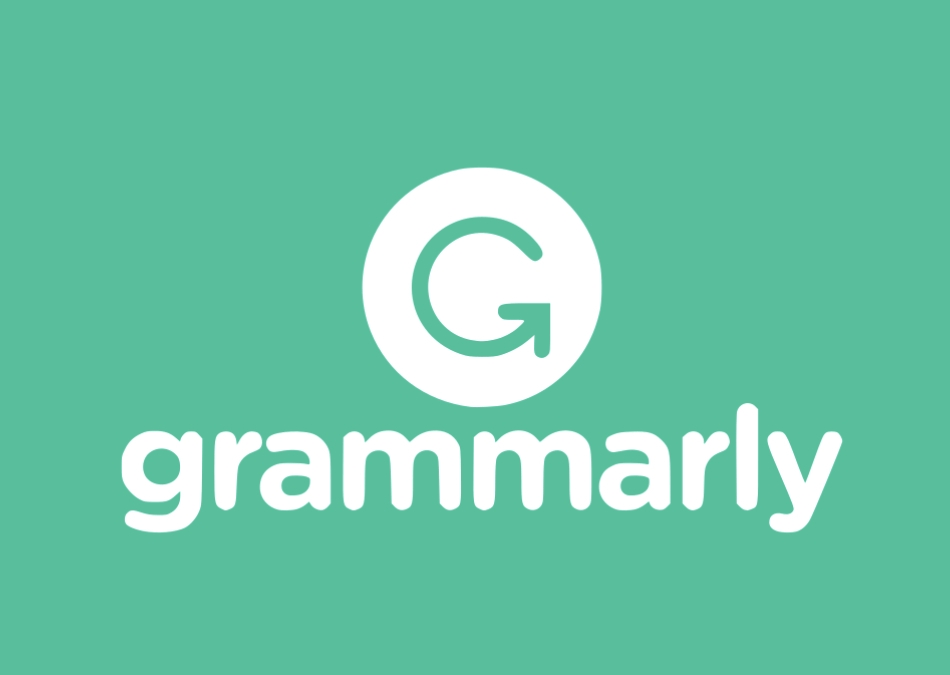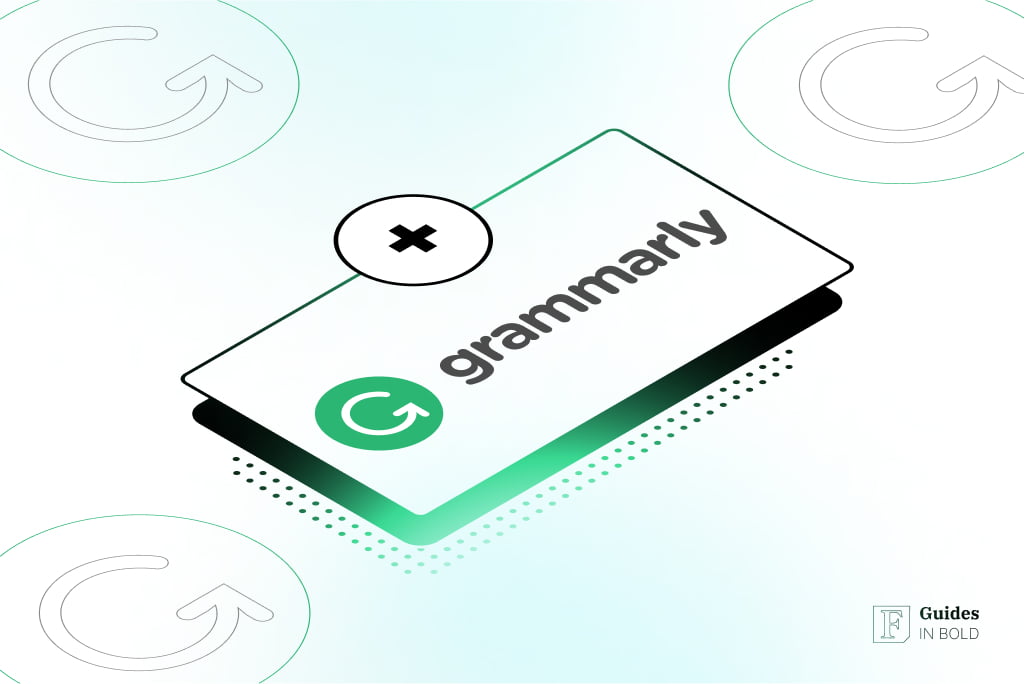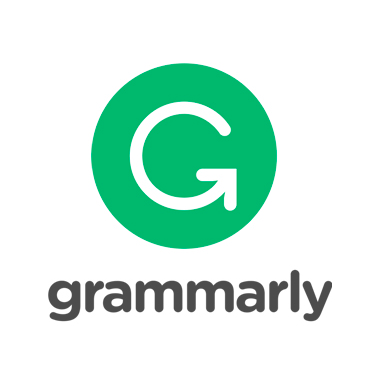Grammarly is a popular writing assistant that helps users improve their writing skills. But is Grammarly publicly traded? Let’s explore its current status and what it means for investors.
Grammarly has become a household name for anyone looking to enhance their writing, whether for academic, professional, or personal use. With its advanced algorithms and user-friendly interface, it has transformed how people approach writing. However, many potential investors and users are curious about its financial status, particularly whether Grammarly is publicly traded. This article will delve into the details surrounding Grammarly's ownership, its financial journey, and what it means for the future.
Key Takeaways
- Grammarly is not publicly traded as of now.
- The company has raised significant funding from private investors.
- Future plans for an IPO remain uncertain.
- Understanding Grammarly's business model can provide insights into its potential growth.
- The writing assistant market is growing, which may influence Grammarly's decisions.
What is Grammarly?
Grammarly is an AI-powered writing assistant that offers real-time grammar, punctuation, and style suggestions. Founded in 2009, it has grown to serve millions of users worldwide, from students to professionals. The platform uses advanced machine learning algorithms to analyze text and provide feedback, making it a valuable tool for anyone looking to improve their writing.
Overview of Grammarly's Features
Grammarly offers a range of features designed to enhance the writing experience:
- Grammar and Punctuation Checks: Identifies errors and suggests corrections.
- Style Suggestions: Helps improve clarity and engagement in writing.
- Plagiarism Detection: Checks for originality against billions of web pages.
- Tone Detector: Analyzes the tone of the writing to ensure it matches the intended audience.
These features make Grammarly a comprehensive tool for anyone looking to refine their writing skills.

Source: www.wallstreetzen.com
The Financial Landscape of Grammarly
Funding History
Grammarly has raised substantial funding over the years, attracting attention from various investors. As of 2023, the company has secured over $200 million in funding through multiple rounds. Notable investors include:
- General Catalyst
- IVP (Institutional Venture Partners)
- SignalFire
This funding has allowed Grammarly to expand its features, improve its technology, and grow its user base significantly.
Current Ownership Structure
Grammarly is a privately held company, meaning it is not listed on any stock exchange. The ownership is primarily held by its founders and early investors. This structure allows Grammarly to operate without the pressures of public market scrutiny, enabling it to focus on long-term growth rather than short-term profits.
Potential for an IPO
Many users and investors are curious about whether Grammarly will go public in the future. While there have been discussions about an initial public offering (IPO), no official announcements have been made. The decision to go public often depends on various factors, including market conditions, company performance, and strategic goals.

Source: finbold.com
Why Isn’t Grammarly Publicly Traded?
Market Conditions
The decision to go public is influenced by market conditions. If the market is favorable, companies are more likely to consider an IPO. However, if the market is volatile or uncertain, companies may choose to remain private to avoid the risks associated with public trading.
Business Strategy
Grammarly's business strategy focuses on growth and innovation. By remaining private, the company can invest in research and development without the pressure of quarterly earnings reports. This approach allows Grammarly to prioritize long-term goals over short-term financial performance.
Competition in the Writing Assistant Market
The writing assistant market is becoming increasingly competitive, with several players emerging. Grammarly's decision to stay private may also be a strategic move to maintain its competitive edge. By focusing on product development and user experience, Grammarly can continue to lead the market without the distractions of public trading.

Source: accessipos.com
The Future of Grammarly
Growth Potential
Grammarly's growth potential remains strong, especially as more people recognize the importance of effective communication. The rise of remote work and online education has increased the demand for writing assistance tools. As a result, Grammarly is well-positioned to capitalize on these trends.
Expansion Plans
Grammarly has plans to expand its features and services further. The company is continually working on improving its algorithms and user experience. Additionally, there are opportunities for Grammarly to explore partnerships with educational institutions and businesses, which could enhance its reach and user base.
User Engagement and Community Building
Grammarly has also focused on building a community around its product. By engaging with users through social media, blogs, and webinars, Grammarly fosters a sense of belonging among its users. This community-building effort can lead to increased brand loyalty and user retention.

Source: forgeglobal.com
Personal Experience with Grammarly
As a frequent user of Grammarly, I can attest to its effectiveness in improving my writing. The real-time feedback and suggestions have helped me catch errors I might have overlooked. Additionally, the tone detector feature has been invaluable in ensuring my writing resonates with my intended audience. Overall, Grammarly has become an essential tool in my writing process.
Dr. Jane Smith, Writing Coach: “Grammarly has transformed how I approach writing. The feedback is instant and incredibly helpful!”
Frequently Asked Questions about Grammarly's Status
Is Grammarly publicly traded?
No, Grammarly is not publicly traded. It is a privately held company.
What is the current valuation of Grammarly?
As of the latest funding round, Grammarly's valuation is estimated to be around $1 billion.
Are there plans for Grammarly to go public?
While there have been discussions about an IPO, no official plans have been announced.
Who are Grammarly's main competitors?
Grammarly's main competitors include ProWritingAid, Hemingway Editor, and Microsoft Editor.
How does Grammarly make money?
Grammarly operates on a freemium model, offering both free and premium subscription plans. The premium plan includes advanced features and is the primary revenue source for the company.

Source: accessipos.com
Conclusion
Grammarly has established itself as a leader in the writing assistant market, providing valuable tools for users looking to enhance their writing skills. While it is not publicly traded, the company's strong funding history and growth potential indicate a promising future. As the demand for effective communication tools continues to rise, Grammarly is well-positioned to capitalize on this trend.
If you're considering using Grammarly, I encourage you to explore its features and see how it can improve your writing. Whether you're a student, professional, or casual writer, Grammarly can help you communicate more effectively.
For more insights and updates, consider subscribing to our newsletter or leaving a comment below.
Watch This Video on is Grammarly publicly traded?.

Source: www.wallstreetzen.com






